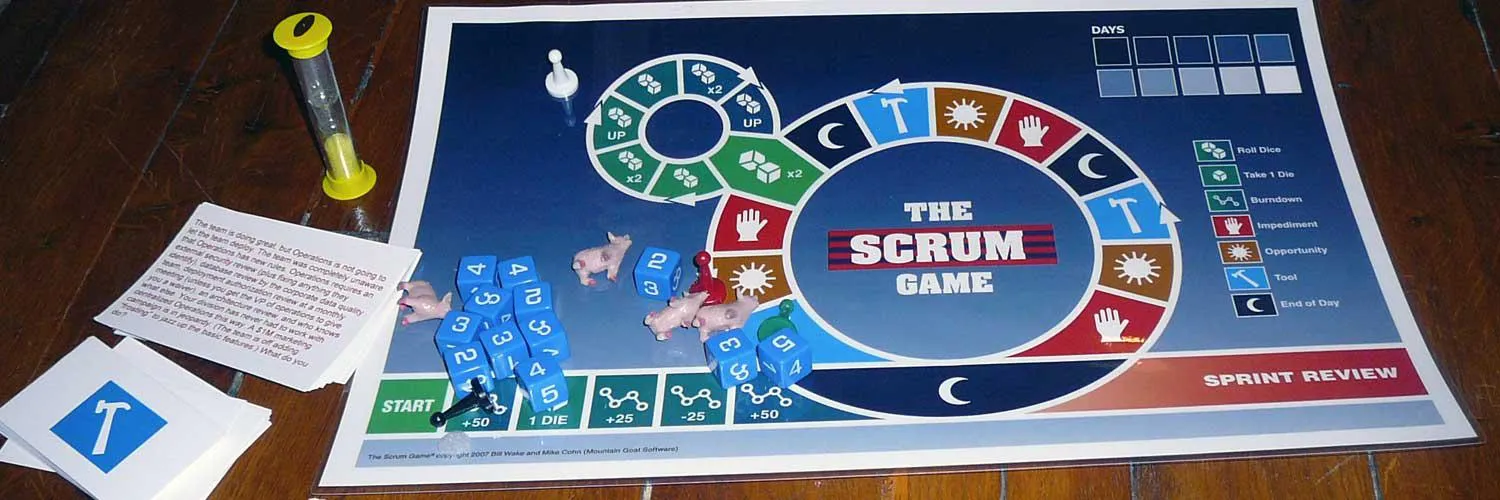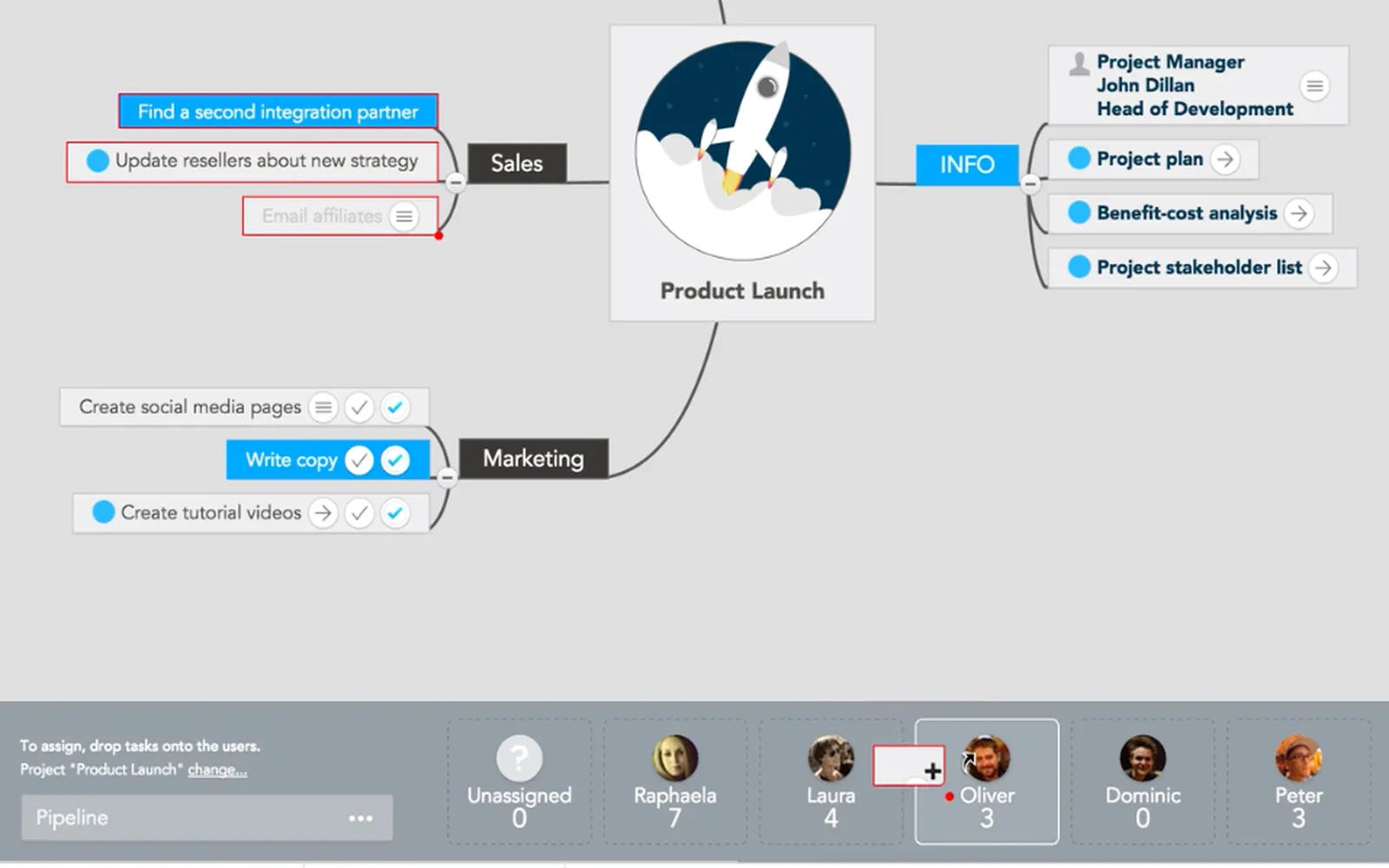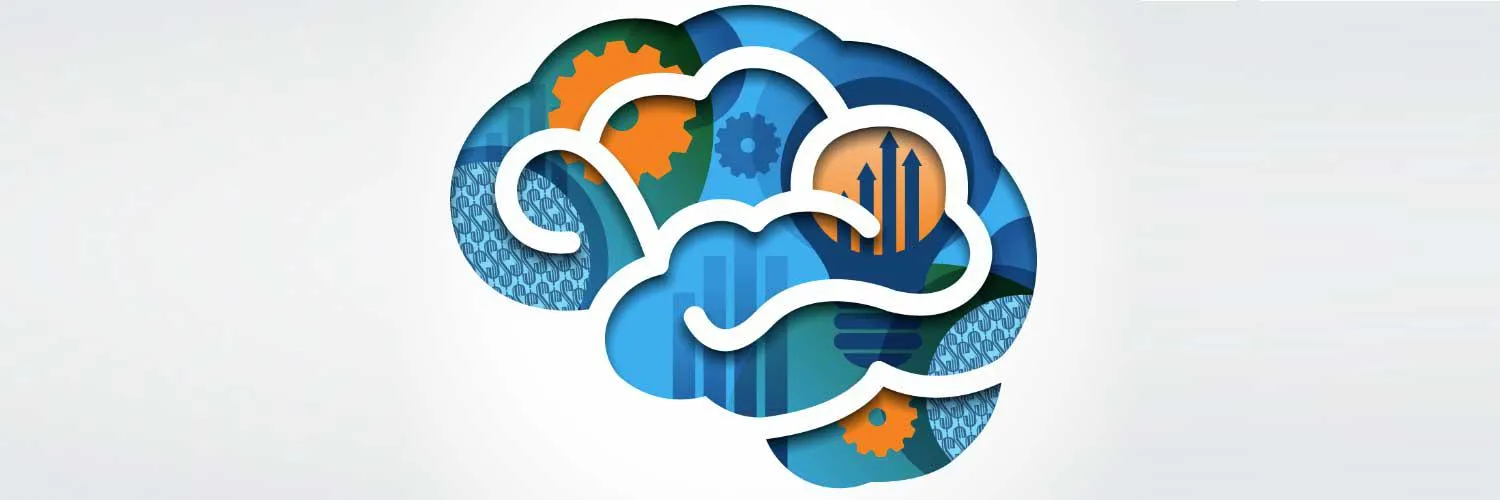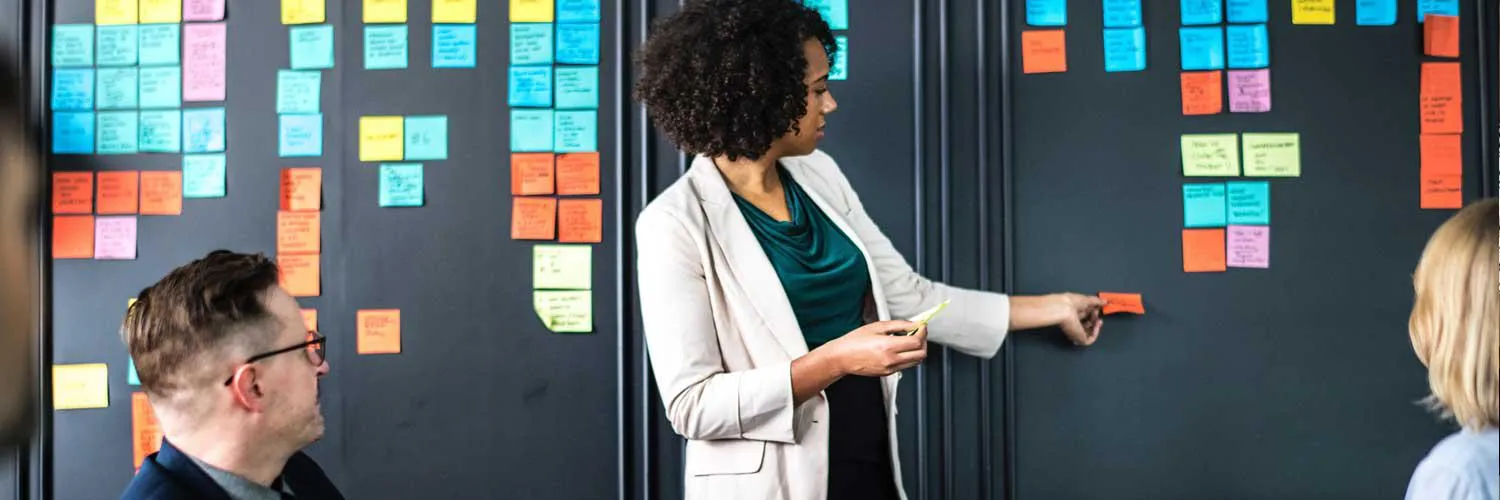
Productivity
Productivity refers to the efficiency of converting inputs into outputs. It is a measure of how effectively resources like time, labor, and materials are utilized to achieve desired results. Enhancing productivity involves optimizing processes, reducing waste, and maximizing output, ultimately driving economic growth and improving overall performance.

Scrum for One: How to Apply the Scrum Framework to Personal Projects
"Scrum for One" explores how individuals can effectively implement the Scrum framework to manage personal projects. By adapting the principles of Scrum, such as iterative progress and regular reflection, individuals can enhance their productivity and focus. The book provides practical techniques for setting goals, organizing tasks, and maintaining accountability, allowing users to navigate their projects with clarity and purpose. This approach encourages a structured yet flexible methodology, enabling personal growth and efficient project completion in various aspects of life.

5 Things Customer Support Reps Wish You Knew
Customer support representatives often wish customers understood the challenges they face daily. They appreciate when inquiries are clear and detailed, as this helps resolve issues more efficiently. Empathy goes a long way; acknowledging the stress of a busy support team can foster a positive interaction. Support reps also value patience, especially during peak times or technical difficulties. Lastly, they hope customers recognize that their efforts to help are genuine, and a little kindness can enhance the overall experience for everyone involved.

All I Really Need to Know About Management I Learned from Parenting
The concept explores the parallels between parenting and management, highlighting the essential skills and lessons that can be transferred from one to the other. It emphasizes the importance of communication, empathy, and adaptability in both roles. Just as parents nurture and guide their children, effective managers support their teams, fostering a positive environment. The insights drawn from parenting experiences illustrate how patience, conflict resolution, and understanding individual needs are critical in cultivating successful relationships in both family and workplace settings.

Beyond Decision Fatigue: How Managing Decisions Can Help or Hurt Your Productivity
Decision fatigue can significantly impact productivity, as the mental strain of making numerous choices can lead to decreased focus and poor decision-making. By streamlining decision-making processes and prioritizing tasks, individuals can conserve mental energy and enhance efficiency. Strategies such as setting clear priorities, establishing routines, and limiting choices can help mitigate the effects of decision fatigue. Understanding the balance between managed decision-making and the cognitive load it imposes is essential for optimizing productivity and achieving better outcomes in both personal and professional contexts.

7 Ways to Get Your Point Across: The Manager's Guide to Effective Communication
This guide offers essential strategies for managers to enhance their communication skills and effectively convey their messages. It emphasizes the importance of clarity and active listening while encouraging the use of appropriate body language and tone. The guide also highlights the need for adaptability in communication styles to suit different audiences, fostering an environment of openness and engagement. By implementing these techniques, managers can improve team collaboration, reduce misunderstandings, and ensure that their ideas are understood and valued.

How to Make Better Decisions with an MVP Mindset
Adopting an MVP (Minimum Viable Product) mindset encourages a focus on simplicity and efficiency in decision-making. By prioritizing essential features and gathering user feedback early, individuals and teams can refine their ideas and avoid overcomplication. This approach fosters a culture of experimentation, allowing for quick pivots based on real-world insights. Emphasizing iterative improvements and learning from failures enables more informed choices, ultimately leading to better outcomes and a stronger alignment with user needs in any project or initiative.

Jumpstart New Projects with Mind Maps
Mind mapping is a powerful technique to kickstart new projects by visually organizing ideas and concepts. This method encourages creativity and clarity, allowing individuals and teams to brainstorm effectively. By placing a central idea at the core and branching out related thoughts, participants can see connections and prioritize tasks. Mind maps enhance collaboration, streamline planning, and facilitate problem-solving, making them an invaluable tool for anyone looking to initiate and structure new projects efficiently.

Make Productivity a Habit with Zen to Done
"Make Productivity a Habit with Zen to Done" emphasizes the importance of cultivating productive habits through simplicity and focus. The approach combines elements of time management and personal productivity, encouraging individuals to prioritize essential tasks while minimizing distractions. By integrating routines and setting achievable goals, users learn to manage their time effectively, fostering a sense of accomplishment. This method promotes a balanced lifestyle, helping individuals find clarity in their work and personal lives, ultimately leading to sustained productivity and fulfillment.

Hire a Virtual Assistant and Start Delegating
Hiring a virtual assistant can significantly enhance your productivity and free up valuable time. By delegating tasks such as scheduling, email management, and research, you can focus on more strategic aspects of your work or personal life. Virtual assistants bring flexibility and expertise, allowing you to tailor their services to meet your specific needs. This partnership not only alleviates stress but also empowers you to achieve your goals more efficiently, ultimately leading to greater success and fulfillment.

Find Your Chronotype and Schedule Your Productivity
Understanding your chronotype can significantly enhance your productivity by aligning your tasks with your natural energy levels throughout the day. By identifying whether you are a morning person, night owl, or somewhere in between, you can tailor your schedule to maximize focus and efficiency. This approach not only helps in managing time effectively but also promotes a healthier work-life balance. By syncing your activities with your body's internal clock, you can achieve optimal performance and overall well-being.

4 Motivators for Productivity and the Science Behind Them
Understanding the key motivators for productivity can significantly enhance performance and satisfaction in both personal and professional realms. Research highlights four primary drivers: intrinsic motivation, which stems from personal satisfaction; extrinsic motivation, influenced by external rewards; social motivation, derived from collaboration and teamwork; and environmental factors, such as workspace design. Each motivator is backed by psychological theories that explain how they affect behavior and engagement, ultimately providing insights into creating a more productive and fulfilling work environment.

Learning to Code: How to Think Like a Programmer
"Learning to Code: How to Think Like a Programmer" emphasizes the mindset shift required for successful programming. It explores the importance of problem-solving, logical reasoning, and creative thinking in coding. Readers are guided through fundamental concepts and practical exercises that enhance their ability to break down complex challenges and devise effective solutions. By fostering a programmer's perspective, the book aims to empower individuals to approach coding with confidence and adaptability, ultimately making the learning process both enjoyable and rewarding.

8 Salary Negotiation Tips from Recruiters in Tech
Navigating salary negotiations in the tech industry can be challenging, but insights from recruiters can provide valuable guidance. Emphasizing the importance of research, candidates should understand market rates and their worth based on skills and experience. Effective communication is key, along with articulating specific contributions to potential employers. Timing is crucial, as is the ability to remain flexible while prioritizing non-monetary benefits. Building rapport with recruiters and being well-prepared can significantly enhance the negotiation process, leading to better outcomes.

Don't Repeat Yourself: Get More Done with the DRY Principle
The DRY principle, which stands for "Don't Repeat Yourself," emphasizes the importance of reducing redundancy in coding and project management. By avoiding repetitive tasks and code, individuals can streamline their work processes, enhance productivity, and minimize errors. This approach encourages the creation of reusable components and clear documentation, fostering collaboration and efficiency within teams. Adopting the DRY principle not only boosts individual output but also contributes to a more organized and maintainable codebase, ultimately leading to higher quality results.

3 Process Roadblocks and How to Steer Around Them
Process roadblocks can hinder productivity and project success. Common obstacles include poor communication, which leads to misunderstandings and delays, inefficient resource allocation that results in bottlenecks, and resistance to change that stifles innovation. To navigate these challenges, it's essential to foster open dialogue among team members, ensure optimal use of resources through strategic planning, and cultivate a culture that embraces adaptability and continuous improvement. By addressing these issues proactively, teams can enhance efficiency and achieve their goals more effectively.

Cognitive Bias: How Your Mind Plays Tricks on You and How to Overcome That at Work
Cognitive bias refers to the systematic errors in thinking that affect decision-making and judgment. At work, these biases can lead to misunderstandings, poor choices, and hindered teamwork. Recognizing common biases, such as confirmation bias or anchoring, is crucial for improving workplace dynamics and productivity. By fostering self-awareness, encouraging diverse perspectives, and implementing structured decision-making processes, individuals and teams can mitigate the effects of cognitive bias, leading to more objective evaluations and better overall outcomes in their professional environment.

4 Common Problems Caused by Collaboration (and How to Fix Them)
Collaboration can enhance creativity and productivity, but it often leads to common challenges. Miscommunication frequently arises, resulting in misunderstandings and conflict among team members. Diverse working styles can create friction, while unclear roles may lead to overlapping responsibilities or gaps in accountability. Additionally, excessive meetings can hinder progress rather than promote it. To address these issues, fostering open communication, defining roles clearly, establishing effective meeting protocols, and encouraging a culture of respect and adaptability can significantly improve collaborative efforts.

Job Search Strategies for the Age of AI
In the era of artificial intelligence, job seekers must adapt their strategies to stand out in a competitive landscape. Emphasizing skills that complement AI, such as critical thinking and creativity, becomes essential. Networking through digital platforms and leveraging AI-driven tools can enhance visibility and streamline the application process. Additionally, tailoring resumes with relevant keywords is crucial, as many employers use AI systems for initial screenings. Staying informed about industry trends and continuously upskilling will further empower candidates in their job search.

The Four-Day Work Week: Why It Works
The concept of a four-day work week aims to enhance productivity and employee well-being by allowing a condensed work schedule without sacrificing output. Research indicates that reducing workdays can lead to increased job satisfaction, lower stress levels, and improved work-life balance. This shift encourages companies to focus on efficiency and results rather than hours worked. Many organizations adopting this model report positive outcomes, including higher employee engagement and retention, ultimately creating a more motivated and dedicated workforce.

Quality Over Quantity: An Interview With GTD's David Allen
In this interview, David Allen, the creator of the Getting Things Done (GTD) methodology, emphasizes the importance of quality over quantity in productivity. He discusses how focusing on meaningful tasks can lead to greater satisfaction and effectiveness in both personal and professional life. Allen shares insights on prioritizing tasks that truly matter, encouraging individuals to cultivate a mindset that values depth and intentionality rather than merely increasing the number of completed activities. His approach promotes a more fulfilling and manageable workflow.